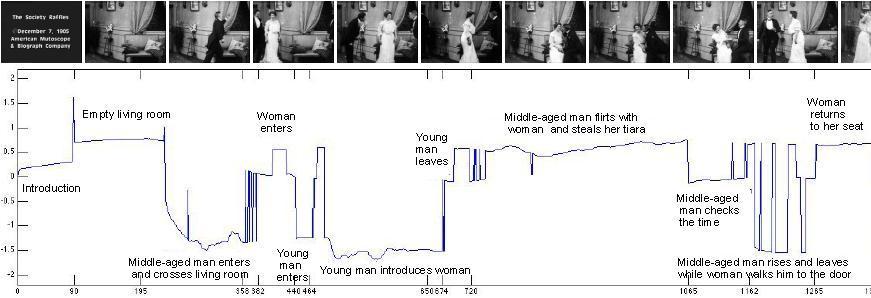Over the past decade, we have witnessed tremendous advances on the analysis, verification, stability and controllability of hybrid systems, which are dynamical systems that exhibit interacting continuous and discrete behavior. However, these advances are strongly based on the assumption that accurate quantitative models are readily available. Relatively less attention has been paid to the more difficult inverse problem: given input-output data generated by a hybrid system, identify the number of discrete states, the hybrid state (continuous and discrete) and the model parameters associated with each state. Such identification problems arise in a variety of disciplines, including control, robotics, bioengineering, computer vision and machine learning, in which accurate models of complex physical processes are often difficult to obtain from first principles and only measured data is obtainable. In our research, we focus on both batch and recursive identification of switched autoregressive exogenous (SARX) systems.
The key to our approach is to view the identification of multiple ARX models as the identification of a single, though more complex, lifted dynamical model built by applying a polynomial embedding to the input/output data. We show that the dynamics of this lifted model do not depend on the value of the discrete state or the switching mechanism, and are linear on the so-called hybrid model parameters. Therefore, one can identify the parameters of the lifted model using a standard ARX identifier applied to the embedded input/output data. The estimated hybrid model parameters are then used to build a polynomial whose derivatives at a regressor give an estimate of the parameters of the ARX model generating that regressor. Specific details for the batch and recursive methods are given below.

